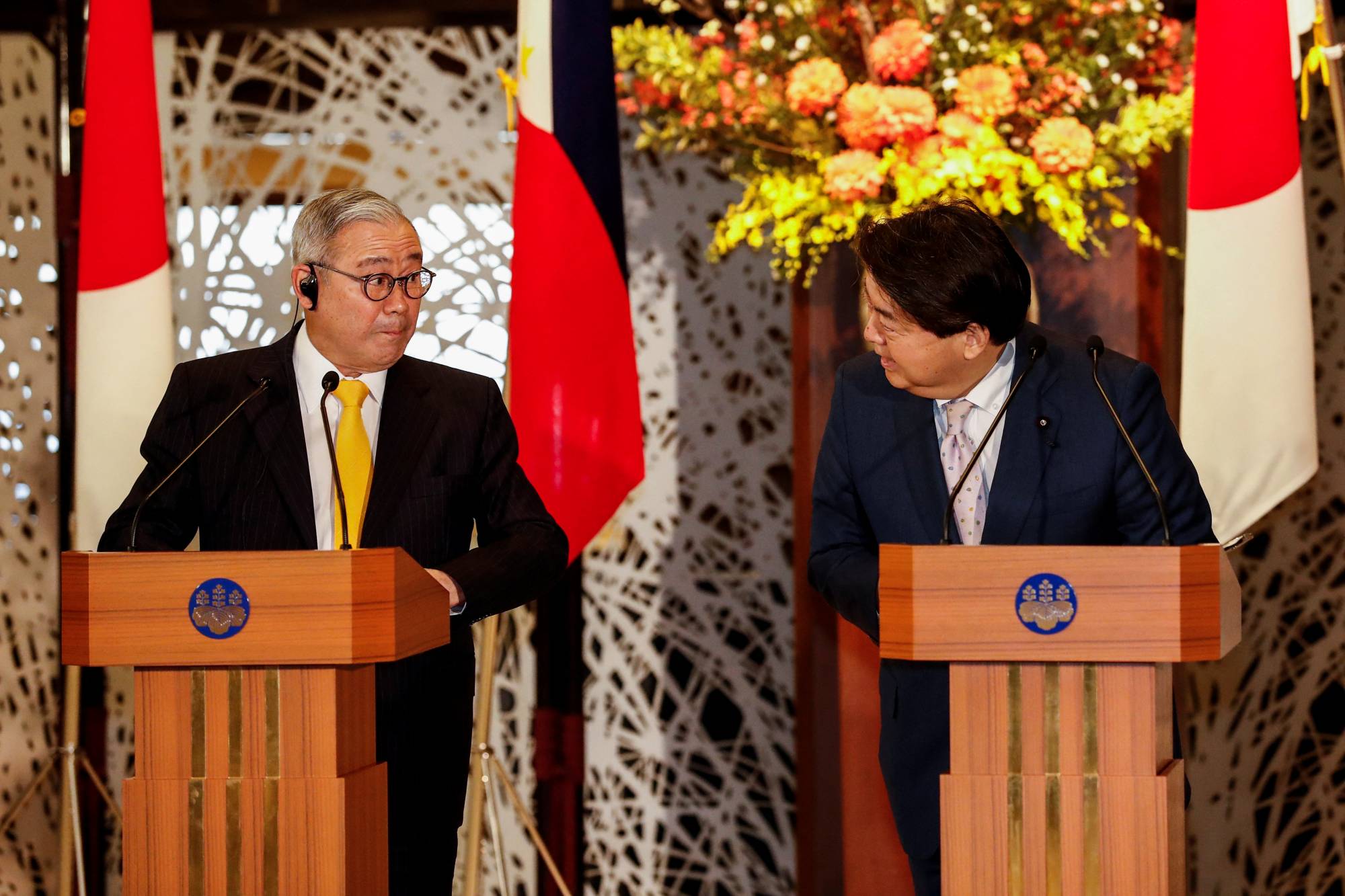Japan and the Philippines held a “two-plus-two” foreign and defense ministerial meeting for the first time ever last weekend.
The Philippines is the ninth country with which Japan has held a meeting of this format, and only the second Southeast Asian nation.
But what does that mean in practice? After all, the Japanese government has also held a two-plus-two with Russia, and the previous Southeast Asian government to meet in this format was Indonesia — not exactly major security partners for Japan.


















With your current subscription plan you can comment on stories. However, before writing your first comment, please create a display name in the Profile section of your subscriber account page.